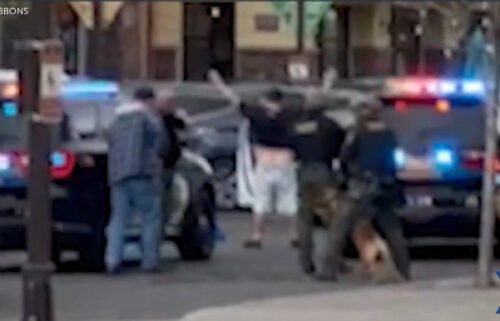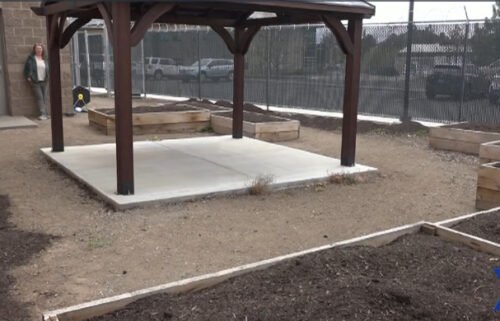ODOT school-time lesson: Together we roll … safely

Looking out for each other is just about to become more even more important: across Oregon, school is getting back in session. Teachers are preparing classrooms and soon, students of all ages will be riding bicycles, zipping around on skateboards, walking and talking to old friends and new, all as they head to and from school. The phrase to live by, no matter which mode you use, is “Together we roll.”
Roll safely as a motorist in school zones
The rule of thumb when you are in an urban area near a school is slow down to a maximum speed of 20 mph. You’ll want to note the signs:
In areas adjacent to school grounds: Speed limits can be in effect “when flashing” OR “School days 7AM to 5PM ” At school crosswalks away from school grounds: Speed limits can be in effect “when flashing” OR “When children are present” NOTE: “When children are present” is defined as when children are occupying or waiting to cross in the crosswalk or when there is a traffic patrol member at the crosswalk. “When children are present” applies only at a crosswalk away from the school grounds and applies at any time and on any day. Read on for more tips.
Other motorist tips to roll safely around kids
Watch for children walking, biking, scooting or skateboarding to school in the morning and from school in the afternoon. They may be inattentive and excited, or they may be learning a new route, so be prepared and on the lookout. Slow speed = less distance to stop. Stop and stay stopped for people in crosswalks (and keep an eye out for those who cross streets at other spots). Be alert for school buses: when overhead lights flash yellow, prepare to stop. When they flash red, stop. Children may be crossing the street in front of the bus! Obey school crossing guards, whose job it is to help students safely cross the street. Avoid distractions. It is illegal to use a handheld mobile device while driving in Oregon, and you may be subject to criminal penalties. Follow school parking lot circulation plans; these help provide safety for pedestrians and bicyclists. Walking safely as a student (and parents/guardians)
Walking to school is safer when children:
Walk with an adult, responsible older sibling or in a group. Walk on the sidewalk, if there is one, or walk facing traffic; be extra careful around driveways or when passing through work zones. Walk focused and alert, not using electronic devices. Cross in a crosswalk and/or with the assistance of a crossing guard. Cross with the signal, not against it, and only cross if all approaching cars have stopped. Wear bright colors and reflective gear, especially as days get shorter. Biking and other types of rolling activity are safer when children and adults alike:
Wear a properly fitted helmet. Wear bright colors and reflective gear, especially as days get shorter. Follow all rules of the road: ride in the same direction as traffic, stop at all stop signs and signals, etc. Communicate with drivers by using hand signals to indicate turns and stops. Choose safe routes to schools, such as streets or trails with lower traffic volumes and speeds. Ride focused and alert, and don’t use of electronic devices while riding. No matter the time of year, day or night, giving each other plenty of time and plenty of room will help ensure that we can all roll together safely.



